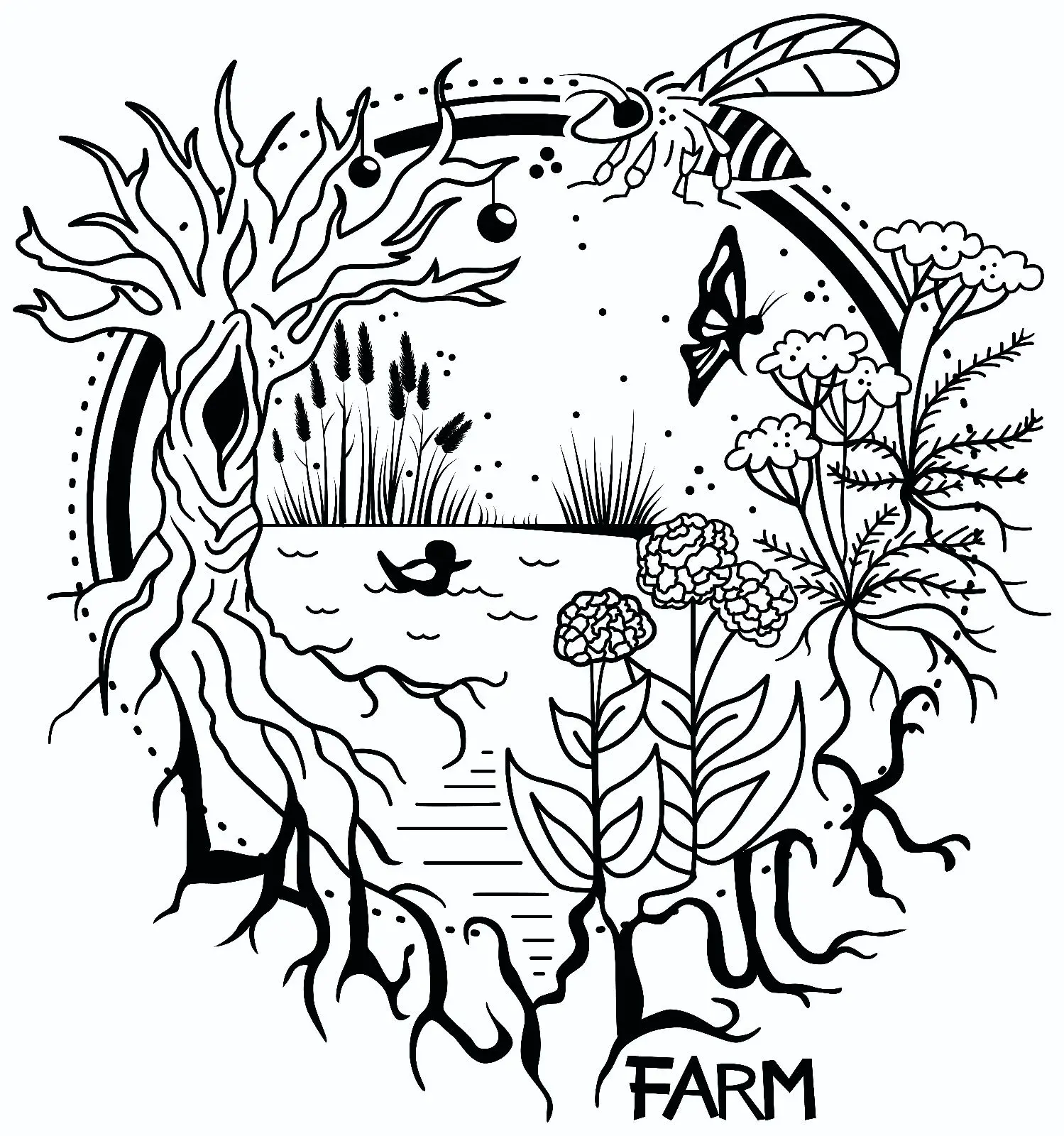Hey there all. Wanted to start a book thread to help build out the utility of the Permaculture community here and make any transitions like the one we’re making easier on other folks in advance of 6/30. Please share your book lists as well!
Mollison’s texts (Permaculture 1, Permaculture 2, A Designer’s Manual) are the gold standard. They’re dense books, and useful, but if you’re not familiar with many of the concepts they can seem a difficult read.
Gaia’s Garden by Toby Hemenway,
Permaculture Design by Aranya, and
Practical Permaculture by Bloom and Boehnlein
are all more digestible as introductory books. They’re useful to get familiarized with terms and concepts before moving on to the heavy hitters, but also have some great design advice and ideas for back yards and small around-the-house spaces.
Water for Every Farm by P.A. Yeomans gives us the scale of permanence and lays out some really great knowledge about watershed management.
The One Straw Revolution by Masanobu Fukuoka is a great book about what worked on Fukuoka’s land and his methods for testing and management.
Five Acres and Independence by M.G. Kains, while not a permaculture text, does has some useful insight into setting up homesteads, orchards, market gardens, and generational mechanical wisdom for around your site.
Permaculture by Sepp Holzer documents projects and patterns from Krameterhof, the Holzer family farmstead. Sepp has been practicing permaculture on the site since the 60’s and has several diagrams for items like livestock housing, planting on slopes, and various other topics. More anecdotal trial and result format with fewer technical diagrams than Mollison’s works.
Some other non-permaculture books:
• The Timeless Way of Building is a theory book about pattern language development and definition. Much like Edible Forest Gardens 1, it builds out the knowledge base for developing and adapting patterns to all sorts of aspects to life like earthworks, construction, and gardens. Its sister book A Pattern Language is a practical guide with real world examples from around the globe regarding implementing the patterns laid out in the text. It contains a set of build-it-yourself guidelines for making the most of the information. The third book in this trio is The Oregon Experiment, which records the implementation of the theory and practical applications found in the other two books.
• The Forest Landscape Restoration Handbook is a book for NGO/IGO projects involving multiple stakeholders and goes over best practices for consensus driven project longevity.
• Botany in a Day
• Native American Food Plants: An Ethnobotanical Dictionary
What are your goals for the space, and what are you hoping to get back from it? How do you envision it in five or ten years?
Creating a Forest Garden by Martin Crawford and Edible Forest Gardens 1 & 2 by Jacke and Toensmeier are great books for designing spaces around woody plants. Edible Forest Gardens is worth the ticket price just for the tables in the appendix, imho. Farming the Woods is good for people with woodlots who don’t know what they could do, it gives ideas but you’ll have to do further self directed research.
Making Small Farms Work by Richard Perkins is more about building regenerative feedback into the designs for small gardens to market gardens to full production farm scale. The Market Gardener by J.M. Fortier is another good one for small holdings and those with an interest in market gardens at smaller scales.
It’s always worth it to have a localized guidebook or three for foraging and for identifying native species, to understand your soils, help you choose what to plant, and how to make the best use of them. For the northeast US, my favorites are:
Earthmagic by Corinne Martin
Wild Plants of Maine by Tom Seymour
The Forager’s Harvest by Samuel Thayer

Sprout Lands: Tending the Endless Gift of Trees by William Bryant Logan
Essentially, humans only exist because we learned over millennia how to manage hedges, trees and forests across generations through rotational harvesting by coppice and pollard.
